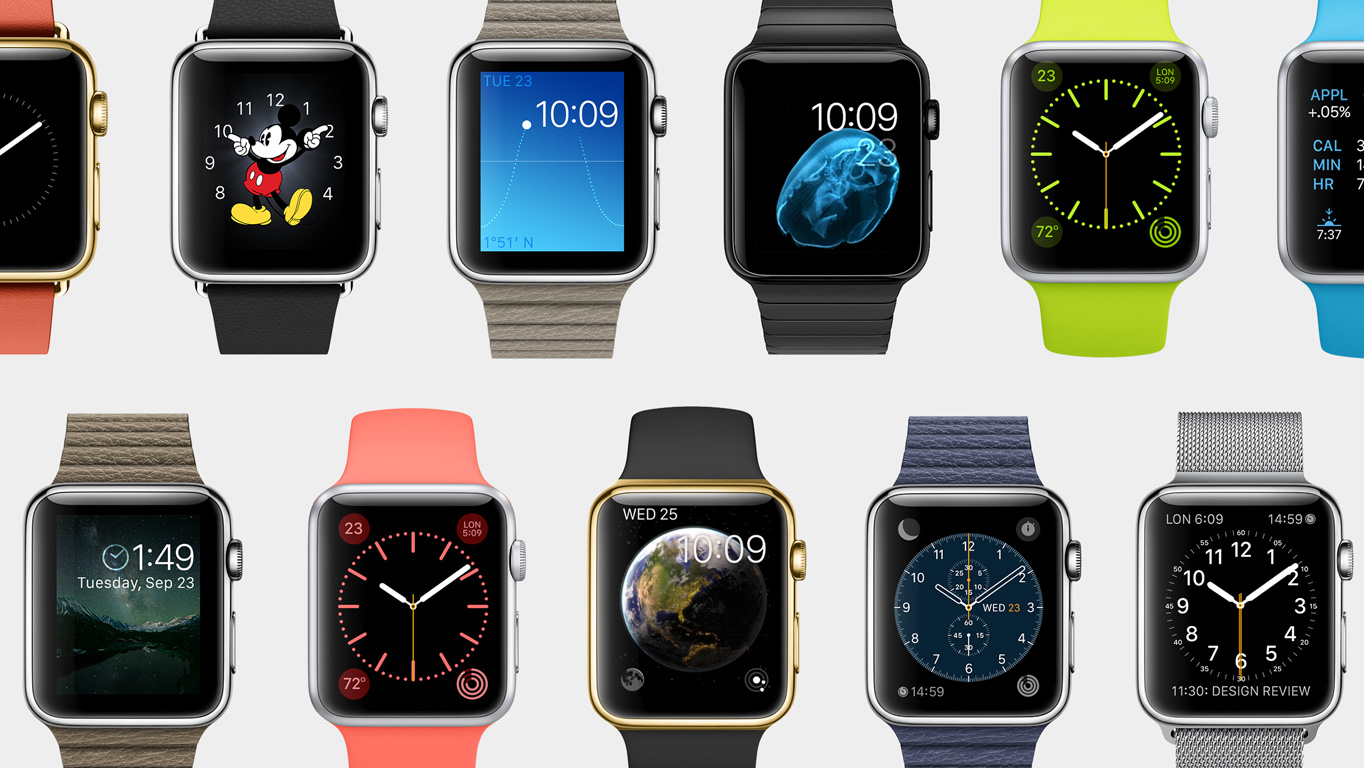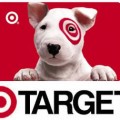 On a July, 2015 visit to Apple’s Chicago store on Michigan Avenue, the “magnificent mile”, I was excited to look at the Apple Watch. But then I pretty quickly became confused, and walked away with none on my wrist.
On a July, 2015 visit to Apple’s Chicago store on Michigan Avenue, the “magnificent mile”, I was excited to look at the Apple Watch. But then I pretty quickly became confused, and walked away with none on my wrist.
Two large tables displaying the watch (es) were offered. There were dozens being merchandised. Lots of shoppers were looking at the watches. I didn’t see anybody leave the store with one. I had to think about why I came away somewhat disappointed.
Unlike past Apple launches iMac, iPod, iPhone, iPad; the Apple Watch merchandising looked more like a conventional jewelry case, than the presentation of something inventive, special, and iconic from Apple. I was confused, and the explanations from the usually informative Apple staff didn’t help me understand much better.
Here’s the marketing dilemma Apple is presenting the consumer. Now follow me… there are 114 watch variants to choose from. To be fair these variations are presented across 3 tiers:
- Apple Watch Sport: 10 models priced $349 to 399
- Apple Watch: 20 models $549 to 599
- Apple Watch Edition: 8 models from $10,000 to $20,000
So the majority of us will kick out the ‘show off’ Edition tier from consideration. I also couldn’t see why an Apple Watch at as much as $20k would be in the same or above price range of a fine Swiss watch when it doesn’t appear to look or function much differently from the Apple Watches in the lower price tiers.
Comparing the 1st 2 tiers wasn’t much more helpful in improving my understanding of the selections. I leaned into the counter to study the watches. They are attractive in various colors and bands, and the screen displays are pretty.
But still I couldn’t see the benefits between the Sport and mid tier line, and the sales clerks were not able to help me either. There are other aspects about the watch that are problematic such as that for it to fully function well with all of its applications the wearer needs to carry and pair the watch with an iPhone.
The real problem is that Apple launched too many watches at once. This is a break from what worked so well for Apple in past introductions. In previous launches the consumer was presented with iPhone, iPad, etc. with a few variants in terms of storage, etc. Then in subsequent extensions, launches spaced at 6 and 12 month intervals, the market sees other versions with upgrades, sizes, etc.
This approach enabled Apple to successfully display, and merchandise the product in simple, elegant and beautiful ways to help focus the consumer on the category breakthroughs that Apple was inventing. The consumer choices and explanations were simpler. Remember a thousand songs in your pocket for the iPod, or iPhone’s beautiful touch screen that no other phone conceived? There were clear benefits on a fulfilled promise that were easy to communicate.
Before I went to the store my awareness of the Apple Watch was quite high, and so was my purchase consideration. I thought from what I had read before my store visit that the retailing was going to be similar to how Apple introduced previous products, i.e., essentially one device platform that highlights key innovations not seen in the category before, and perhaps a couple of variations.
Instead, I felt the pricing strategy and display of “good, better, best” to match their tiers was conventional, gimmicky retail marketing unbecoming of Apple.
Before I wrote this I read an article from Al Ries, noted author on marketing and consumer positioning. His article in Ad Age “Does the Watch on Tim Cook’s Watch Measure up to Steve Jobs’ Standards?” is a good read.
As to the watch technology and quality view of Mr. Ries’ standards question I frankly never got to this point in my consideration of the Apple Watch. I was so distracted by the marketing that I never thought too much about the product merits. Mr. Ries makes various points about the marketing problems, and how Apple diverted from its playbook for marketing launches. One of the points he makes is about the name itself, Apple Watch, which does nothing to set Apple apart from the watch category.
There’s certainly brand power in the Apple name to drive sales. Apple at this stage of its brand strength can sell anything to consumers and generate buzz and sales. Something as a brand a company does not want to be toying with or be seen as manipulative of consumer brand loyalty.
However, it will be interesting to see how Apple Watch sales build and sustain over time. Unlike the iPhone it’s difficult to see how Apple will build on the watch category since it appears they launched all they had in introducing so many watches all at once.
I expect we’ll see changes in the marketing approach of the watch. In future launches Apple will need to be more careful in the marketing so that consumers don’t become confused, or worse, wary of what Apple is selling.
For more articles follow me on LI and on my Growth Ideas blog.
Thanks for reading
Peter Klinge, Jr.




